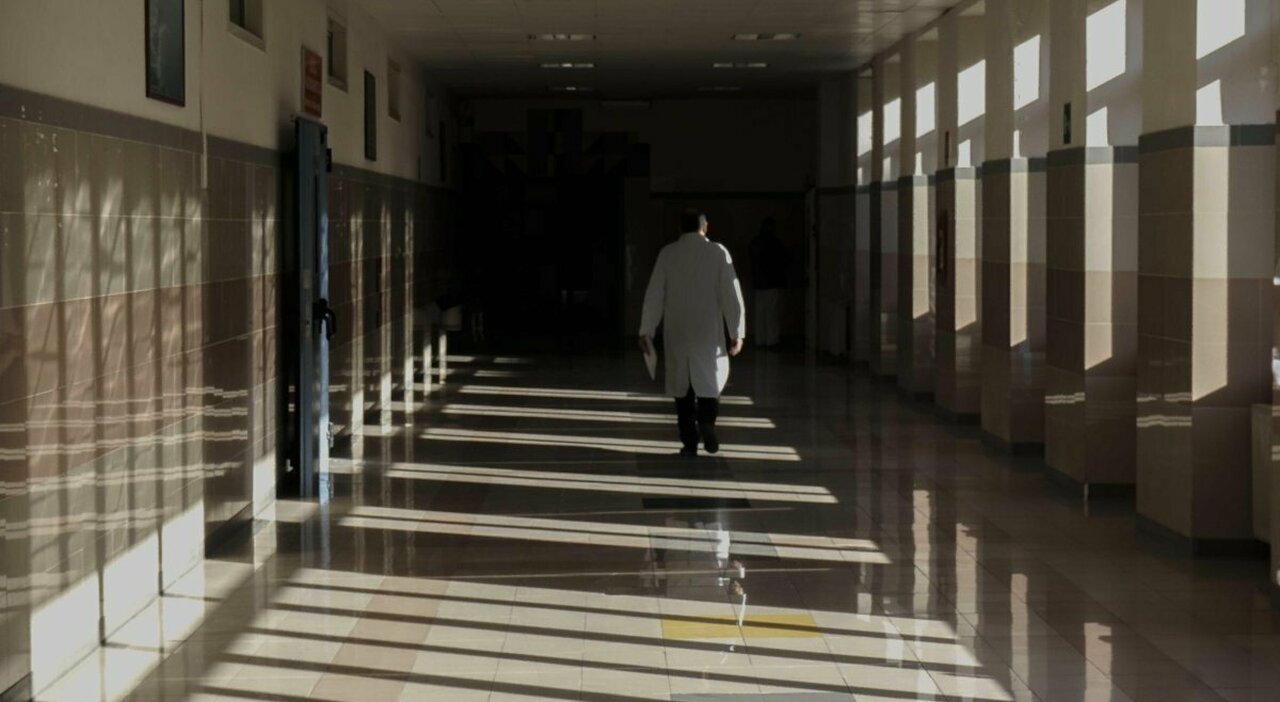Hospitals increasingly under pressure. In recent days the number of visits to the emergency room for flu has skyrocketed, increasing by 20-30%. The situation is getting worse, warns the president of the Italian Society of Emergency Medicine (Simeu) Fabio De Iaco, and the number of people who remain stuck in the emergency room awaiting hospitalization continues to increase.
INSIGHTS
H1N1 flu: symptoms (from headaches to chills), contagion, incubation period and differences from swine
Hospitals, oncologists: nightmare situation
«Inevitably – says De Iaco to ANSA – the waiting times for a bed are also increasing. At the moment, the emergency is linked above all to influenza and other viruses, rather than to Covid-19″. The Federation of Oncologists, Cardiologists and Hematologists (Foce) also speaks of a “nightmarish” situation, attributing the cause to an “inadequate” vaccination campaign. «For several weeks – say the specialists – we have been witnessing the phenomenon of worsening chaos in our emergency systems, with many hundreds of patients awaiting transfer to ordinary hospitalization or intensive care units, times which can last several days ». And the main cause is the “weak and insufficient” flu vaccination campaign, with coverage data “extremely lower than in previous years”. However, the numbers of flu vaccinations, according to the latest findings from the Ministry of Health, are growing and to date 9.5 million doses have been administered. Vaccination coverage in the over 65 population is 45%.
The ISS: serious but normal cases
Although hospitals are under siege, the Higher Institute of Health (ISS) also specifies that the surveillance data of serious cases up to this point do not present anomalies and are consistent with the overall epidemiological picture. And with respect to the various deaths from influenza recorded, the latest yesterday in Veneto, the ISS also clarifies that at the moment the incidence of flu-like syndromes in Italy is in the ‘High’ intensity range with intense circulation, but «the situation overall falls within in the alternation of annual intensity of the seasons of transmission of respiratory viruses”. We are probably close to the peak of the flu season, but sustained circulation of viruses will also be observed in the coming weeks. At the moment, however, the situation “does not appear to be outside the trend that would be expected in a high intensity season like the one we are recording”, confirms Anna Teresa Palamara, director of the Infectious Diseases Department of the ISS. Almost all flu cases are due to A/H1N1 pdm09 virus infections. This strain derives from the one that caused the flu pandemic in 2009/2010 but is among those normally circulating in the world in recent years, so much so that it is included in the flu vaccine. For this reason, the ISS reiterates the recommendation to carry out vaccination, especially for the categories for which it is recommended. An invitation to clarify also comes from the ministry’s director of Prevention Francesco Vaia, who specifies that it is “wrong to label the recent cases as ‘swine flu’: viruses similar to human flu circulate in numerous animal species, including pigs. Occasionally – he explains – variants of these viruses can infect humans, and every year a limited number of these cases of ‘swine flu’ are recorded which is mostly contracted through contact with pigs and which is unlikely to spread from human to human”. The cases recently reported in Veneto, however, he specifies, “are not caused by these variant viruses but by the H1N1 influenza virus”. Like all influenza viruses, H1N1 has also undergone small changes over the years, explains Gianni Rezza, professor of Hygiene at the San Raffaele University of Milan, and «can cause, in rare cases, primary interstitial pneumonia in young adults. Naturally, in the elderly, it can frequently assume a certain level of danger.” Therefore, for the vulnerable who have not yet been vaccinated, “we are in the ‘Cesarinì zone’: it would be wise to get vaccinated now – he concludes – to protect yourself in this tail end of the season”.
© ALL RIGHTS RESERVED
